|
Union Island is a very interesting place and so were the 17 of us who traveled out here. The days were filled with diving in the morning and lots of free time for assignments and adventures in the afternoon. We all quickly became very close as our days were filled with one another. Each of us have very similar interests, and we have been able to learn so much through each other. For myself, I am so busy with my studies during the school year that I never stop to spend quality time with friends. This class was work, but we were all in it together. I found enjoyment in studying with these new friends. After the quizzes were over, I found myself able to finally relax during the afternoons and go explore with people who have the same interests as me. I was very fortunate to have such a diverse and fun group to explore the island with. In the afternoons, we explored the beaches, rock climbed on mountains, jumped off bridges, and so much more. In doing so, I created so many new bonds and learned more about myself too. I am honestly so thankful for this, and I am praying these new relationships survive within the real world.
0 Comments
Union Island, a small island located in the grenadines, houses around 3000 people and a myriad of animals. On Union many animals, like dogs and cats, are malnourished and struggling out on the streets. The Salty Girl, a popular restaurant and local non-profit organization, runs a small shelter called Salty Paws. They take in over “30 animals” that are found in rough shape, nurse them back to health, spay and neuter, then find a safe and loving home for them. Zoe, owner of the Salty Girl, also runs Salty Paws which has caretakers that supports the animals while they are looking for homes. There are no veterinarians on Union Island so when veterinarians are flown out, the shelter holds the spay and neuter clinics.
Link to Salty Paws webpage: https://www.saltypawsrescue.com/ At Union Island, there are a plethora of restaurants to experience the taste of the Grenadines! Our group of 17 students and the instructors explored different restaurants in Union Island for dinner including Jus Rite, D’ Back Yard Lounge, Chanteclair Cuisine, The Clifton Restaurant & Bar, and more. The restaurants had rows of tables and thoughtful set-ups. The food was absolutely amazing and consisted mostly of barbeque chicken legs, seasoned potatoes, salads, and pastas. However, some wanted something different and one night everyone found out we were having burgers and fries for dinner and the whole room was ecstatic!
Overall, the cultural food experience was wonderful and demonstrated a different viewpoint of what there is to enjoy. Not only were the people nice, but they cared about the different restrictions that we had in our diets while still providing nutritious food. This experience also helped people get out of their comfort zones which can be crucial in unfamiliar situations. Many of the foods were new to us, but accepting how the Grenadines or any culture lives is important to understanding why people do the things they do. One of the most rewarding lessons I learned during my stay at Union Island was the joy in simplicity. This trip abroad really opened my horizons to a culture that is slower paced, relaxed, and welcoming despite having much less regarding prominent “necessities” highlighted in American culture. There was scarce fresh drinking water, no water heaters, no AC or electricity in most buildings in town, and no phones in sight. Yet, I have experienced the most joy in my life on this island than anywhere I’ve traveled in America. I have learned that the rush and stimulation of American culture dulls some of the simplest joys life has to offer. Sharing a meal with friends, swimming in a body of water, touching the fresh fruit on the hot streets, petting loyal street dogs, and climbing a mountain barefoot are experiences that would have been tainted by the overrun beauty of American idealism. I am so grateful for my new perspective and desire to take things easy when I get home. I know I will miss how fun it is to rely on my senses for personal happiness rather than the culture around me, but am glad to take home the simple joys that carried me through this experience.
Union Island is a small island, 3 miles long and 1 mile wide, within St. Vincent and the Grenadines. Its highest ground level, Mount Taboi, is 999ft above sea level. While walking around the island, there were a bunch of large rocks surrounding the shores. Some of the rocks were dark grey from the water, while others were reddish brown or light tan from the sun. I would occasionally see crabs or other small invertebrates on the rocks by the shore while walking past. Around the second day of arrival, I decided to climb some rocks at the lookout point by the airport and fell down, injuring my legs and hand. The rocks there crumbled easily and were very sharp, probably due to the waves crashing on them and the gusts of wind. The path to the lookout point was also alongside the ocean crashing, so I had to be very careful when climbing the rocks there. A couple of days later, I came across a small stream with rocks along both sides. Attempting to make it across and catch up with the group, I slipped and fell again, injuring my foot. The rocks along the stream would move very easily when I put my foot on them because the stream water would push underneath and through the rocks. One day, we went hiking up a mountain and I encountered a lot more rocks to climb. It had rained that morning, so a lot of the rocks were slippery. Luckily, I had a park ranger with me to assist with my rock climbing. There was a small cavern-like structure with layers of sedimentation. I found that place really interesting because you could see each layer. Union Island rocks are super cool to explore, however, I would advise wearing close-toed shoes and long pants (to avoid scrapes from possible falls) when doing so.
Union Island’s coral reefs are a type of reef that I never believed that I would have the opportunity see and experience. They are traditional Caribbean coral reefs, but they were not like the Florida Key’s reefs at all – they felt way more alive. The beauty of the reef was breathtaking during my first dive here, and it continued to be breathtaking for the next two weeks. Every time I back-rolled off the boat and into the waters surrounding Union, I was excited for what I was see and experience that day on the reef. The ecosystems that surround this island are amazing extensive and beautiful. The abundance and diversity of fish and coral species is unlike anything I have ever seen. I have never seen more types of parrotfish in one place – and being here proved to me that they are my favorites to see. On the reefs, we also encountered eagle rays, nurse sharks, and even a few species of sea turtles. The experience of diving on these reefs for two weeks has helped my passion for preserving and protecting these ecosystems grow more than I could’ve ever imagined. The pictures attached are just a few of my favorites that I was able to capture these last two weeks. Overall, I am overjoyed with the opportunity that I had here on Union Island and getting to dive in their reefs
As children, we often dream of big things, with open minds and pure hearts. We want to believe that the world is good, that people are good, and anything is possible. This type of hope, optimism, enthusiasm, sympathy, and empathy is what makes children so special. Their ability to learn, change and form opinions as well as relate to people and situations on a real emotional level is why it is so important to educate them on actual situations that occur in this world that will affect them and that they should care about. There are many individuals know why it is so important to educate the youth about climate change, rising sea levels, protection of the oceans, and creating an overall more sustainable world, but as our class was in Union Island collecting research underwater to better protect coral reefs and the ocean, we realized that many of the locals know little about the ocean and reefs that surround and support them and why they are so important. As a small island, everyone should be aware of the magnificent reefs that protect their coastlines from dangerous storms and support a great deal of biodiversity in the oceans. Without the protection from the reefs, the coastline of the island would be quickly eroded. And without the biodiversity, climate change could quickly worsen, and many would lose their jobs as fisherman, the population would go hungry, and drought would be even more of an issue than it already is. Although most Unionites are typically feet from the ocean, they do not always realize the magnitude of the situation regarding the importance of their oceans or the protection of it. When planning our outreach and presentations for some primary school children of Union, we wanted to make sure that the children understood why we were there, and why it was important to protect our oceans, and specifically their oceans and coast lines. We had four groups of students working with children of four different grades. Difficulties proved to be apparent when working with young and excited children, but it was nothing that we were not prepared to handle! It is an exciting thing to have others in their school, especially foreigners, teaching them and interacting with them. Some of our groups chose to teach through games and others through presentations although the goal was the same for all of us: to keep them engaged, compassionate and excited. It was such a joy to experience the smiles on their faces and the excitement and understanding of why it was important to protect and respect the oceans! At then end of the day we were all just excited to spread our knowledge and compassion. By Danielle Gaus: During my two week study abroad trip to Union Island, I learned a lot about the culture of the island and what it is like to live here. We took a visit to see some members of the Imani tribe, where we were able to see and participate in some of their cultural dances. I remember being amazed watching the children playing the drums to match the rhythm of the songs because they were able to make it look effortless, while our group found it to be difficult to learn. We learned about how the dances are not as easy as they seem, and that each separate move has a meaning to the overall dance and helps coordinate the drumming. It was a very educational experience and we were excited and grateful to learn about the cultural practices of the tribe. On one day during our trip, we took a break from diving to go on a hike. During this, our hiking ranger educated us on some of the history of the island and what the people are like today. In the 1700’s, a man named Samuel Spann owned many acres of the island and decided to name it Union Island after his first ship in the area. Slaves were brought to the island for many years, and French and British invasions occurred. We were told that the people living on the island today are very united, and that whenever there is a disaster, everyone comes together to help each other out. According to our trip collaborator Katrina, Union Island differs from the other nearby islands for this reason. During our trip, we ate a variety of new foods. For example, on one of our dives, we were given some Soursop fruit to try out, which is a commonly eaten fruit on the island. It was my first time trying it, and although I personally was not a fan of the fruit, a large portion of our group thought it was quite tasty. We also learned throughout our trip that a lot of the food we were eating was grown or caught locally. Some of the fruit markets located near where we were selling locally grown fruits, and for the meals that consisted of fish, we learned that the fish were caught around the island. I thought this was really great, as most of the food I eat at home is not locally produced. When we were eating our meals, we often had dogs standing by our sides begging for food. On the island, there are many stray dogs roaming around, which was very surprising to many people within our group as stray dogs are not a common sighting from where we are from in the United States. Overall, this trip was absolutely amazing and I learned an incredible amount about scientific diving and about life on Union Island. Going on this trip was a major step out of my comfort zone, and I am so happy I decided to go on it as I feel like I have grown so much over the past two weeks. By Victoria Ross: St. Vincent & the Grenadines are multiethnic communities and is the combination of the native culture as well as the French and British settlers who brought slaves to the island. The food is primarily sourced from the island, ocean, and its neighboring islands. The national dish includes roasted breadfruit with fried jackfish. Juices that are homemade may include fruits from mango, tamarind, ackee, coconut, and soursop. Some drinks are considered very sweet, and others are very bitter. The rainwater that is collected and filtered can limited therefore the juices can be very refreshing. Prior to arrival we expected to be able to source most of our meals from the grocery store. We quickly discovered that could not be the case most small grocery stores only had the bare necessities including flour some local snacks and soap. Our food was catered with the different restaurant that sourced their products from other locals or from the ferries. Breakfast was often sourced from a local bakery. We asked how most residents source their foods and our dive boat captain told us that they get fresh produce from the market and both meat and seafood are sold fresh so there is no need to freeze it. Some seasonings and condiments are all they really need from the local stores. Packaging is very different than in the US you don’t compare brands or pricing because there is only one. In packaging it is the basics with very little advertising which was different from what I had been used to. Trash can be found through the streets but because packaging is so minimal and there is little waste our carbon footprint was very low. Bottles are aggressively recycled because there is a system in place to return them to the manufacturer. We were also told many small businesses including the restaurants on the island closed because of the lack of business caused by both covid and the hurricane season. Overall, it was very rewarding to know that our food was sourced from the island, and we tried many popular native dishes. By Sabrina Joval: Many people believe the most valuable treasure is hidden somewhere locked within a chest, but truth is the treasure surrounds us like a comforting hug. In Union Island, the Chatham Bay Forest welcomed me with the whistles of the birds to the crunch of the leaves. Each step led to a story untold, trees entangled hiding the unknown, and waves crashed into a beautiful whispering tune. Learning about this protected gem, Chatham Bay Forest, was a mystical journey one could never forget. From the Naked Indian Tree that is used to make small craft boats to the Brasilia, the fourth most dangerous plant that can send you to the hospital with a little scratch. As the healthiest dry forest on the island, Chatham Bay inhabits the Red Footed Tortoise, the Chakalaka bird, the Grenada flycatcher, the Frigge, white snakes, scorpions, tarantulas, and the Union Island Gecko. Reaching the highest peak in the Grenadines, 999 ft above sea level, history unfolded in front of our faces as knowledge was shared with us. Whether it was knowing William Pit Younger was the youngest prime minister at 21 years old or that out of the 2,500 residents only 40% of them are locals, this hidden treasure was beyond remarkable to experience. |
AuthorsThe authors of this blog are students enrolled in Tropical Marine Ecology and Conservation, field courses run in the Caribbean by the University of South Florida. During these courses, students learn scientific diving techniques over a 10-14 day period and carry out research and monitoring of coral reefs at various sites. Many of these courses are done in partnership with local environmental organizations, like the Union Island Environmental Alliance and the Soufriere Marine Management Association. In this blog, students will document their activities and how they relate to course material. Archives
June 2023
Categories |

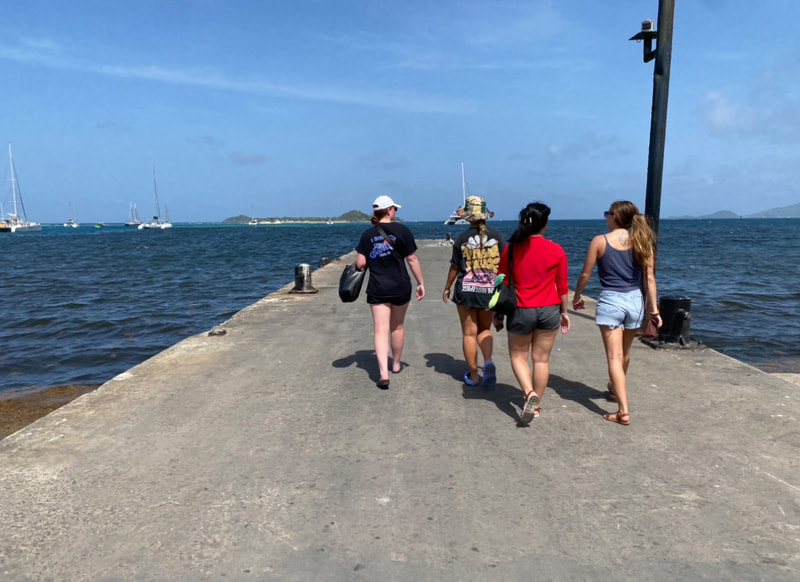
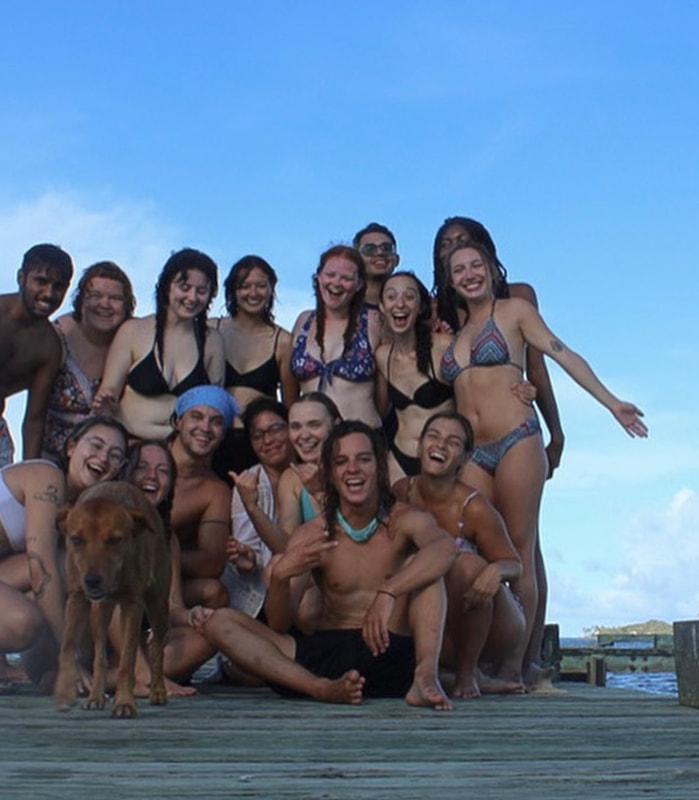
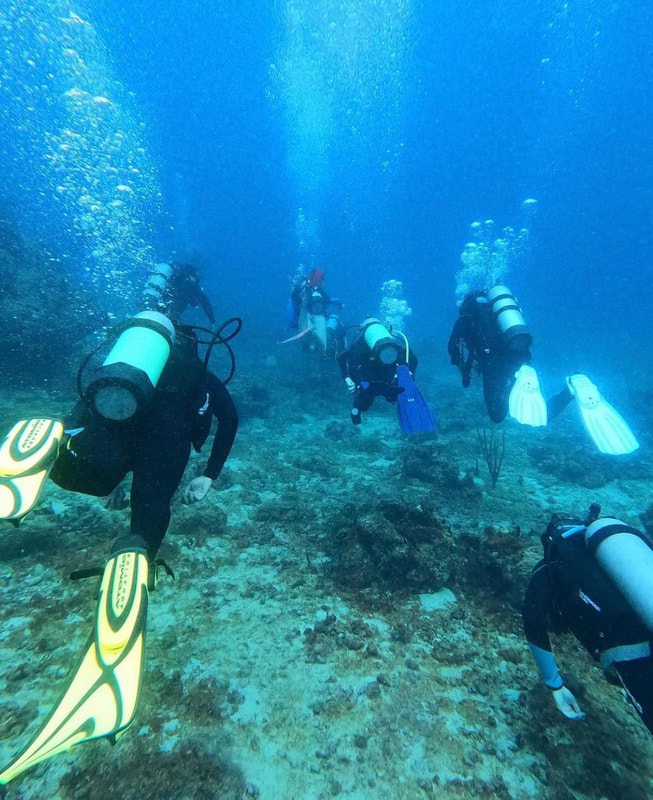
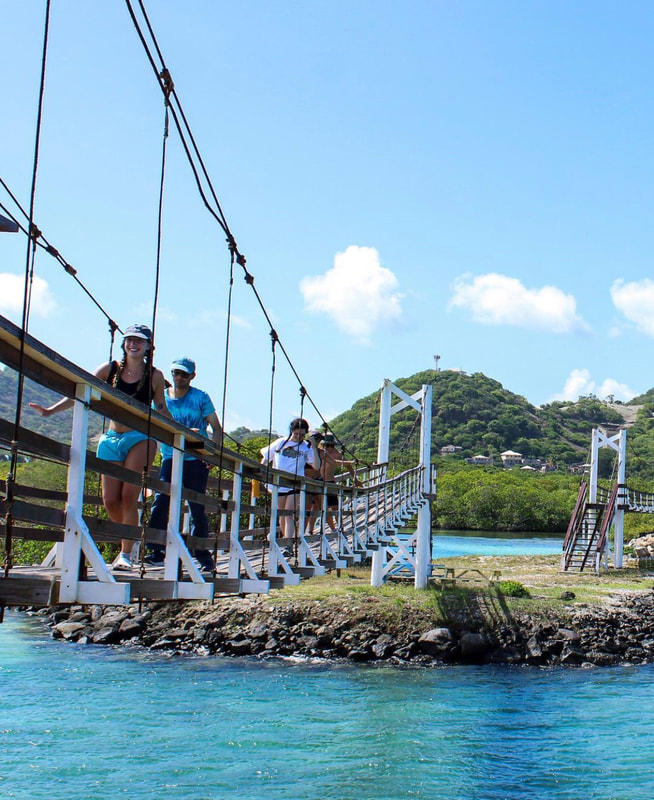
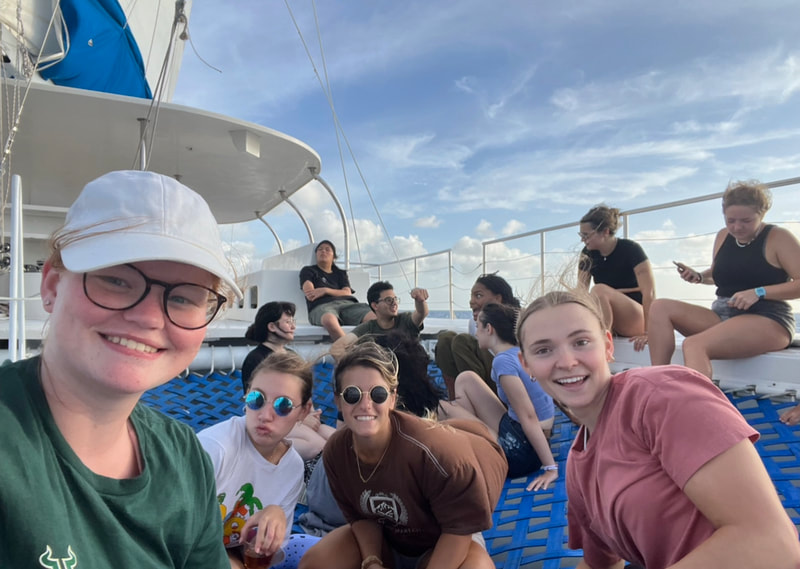
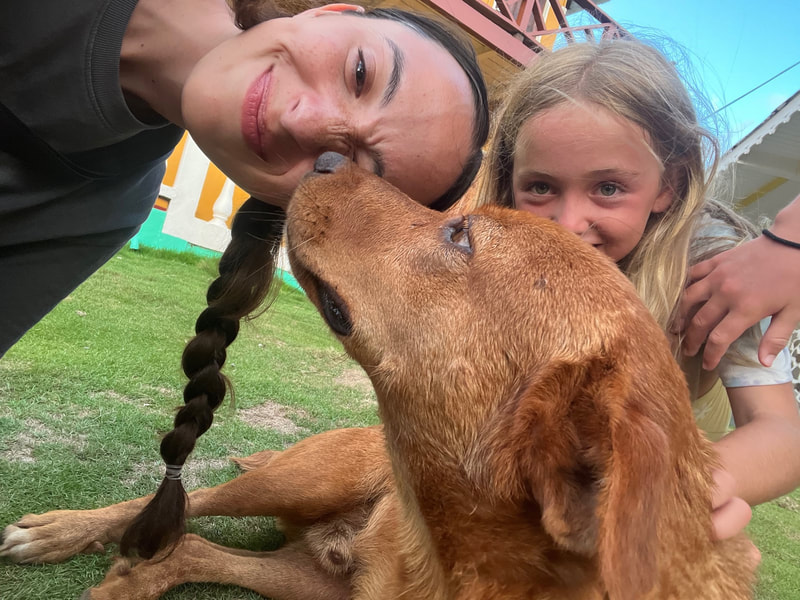
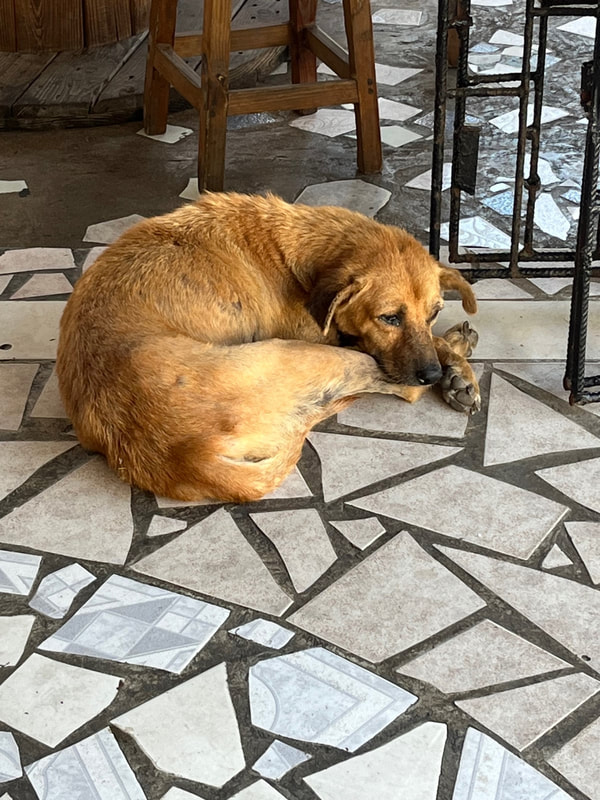
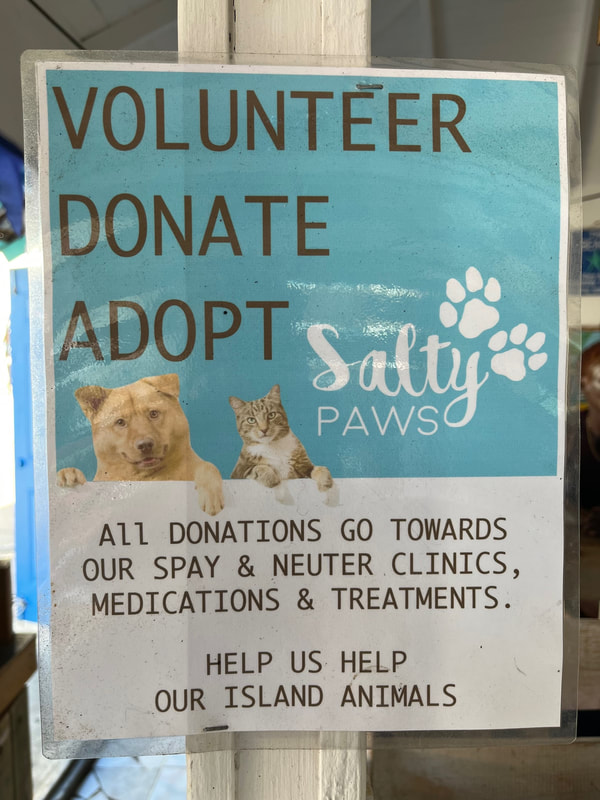


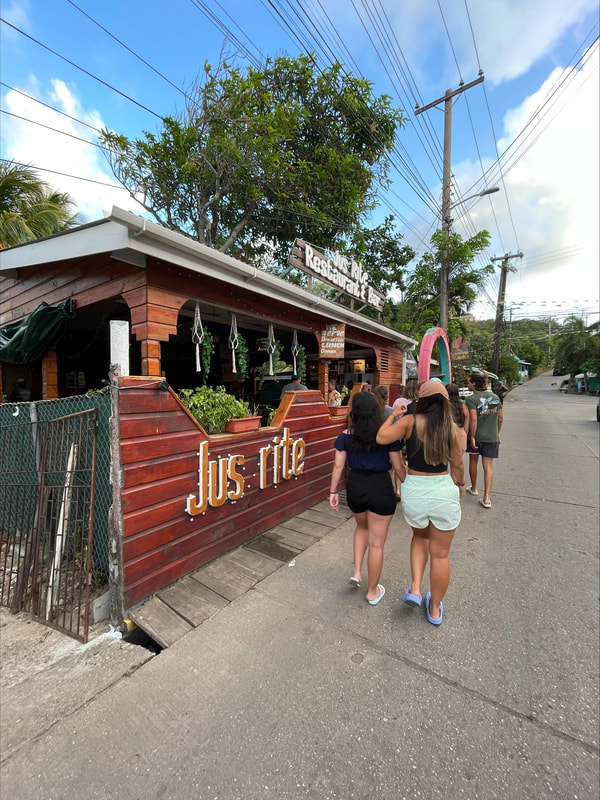
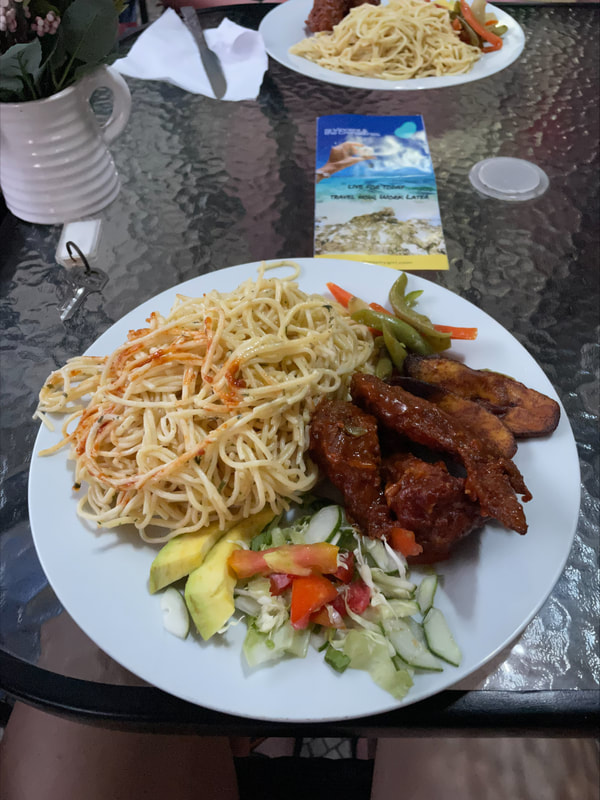
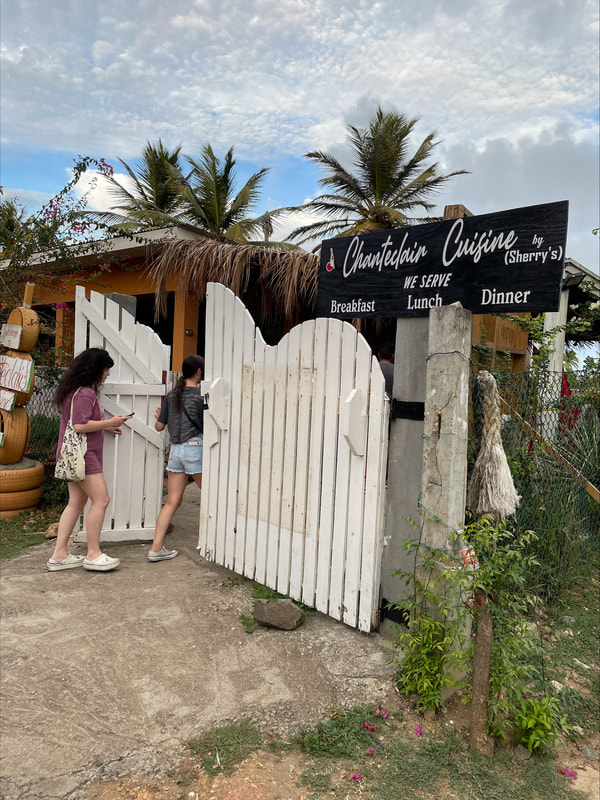
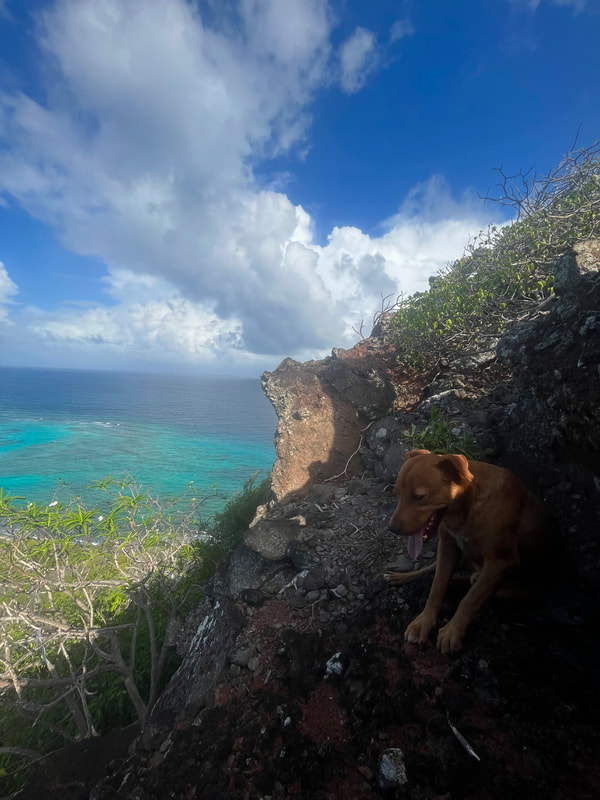
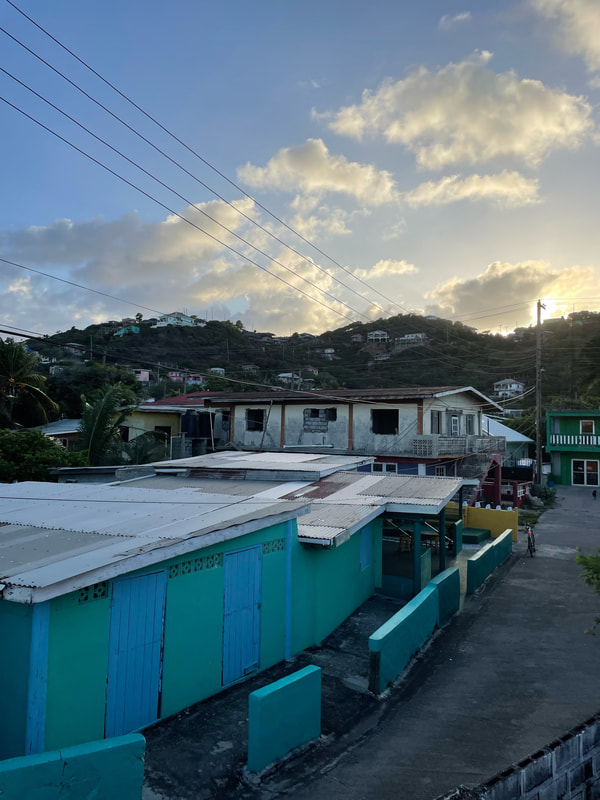
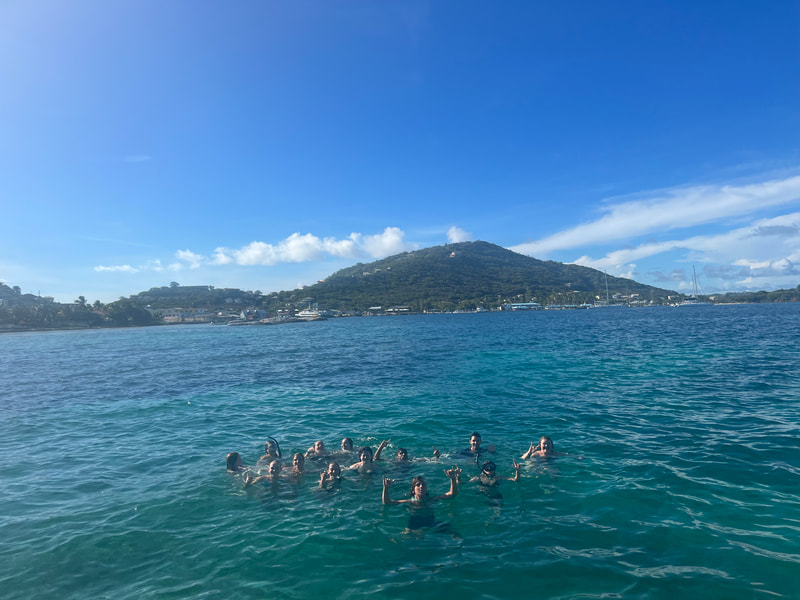
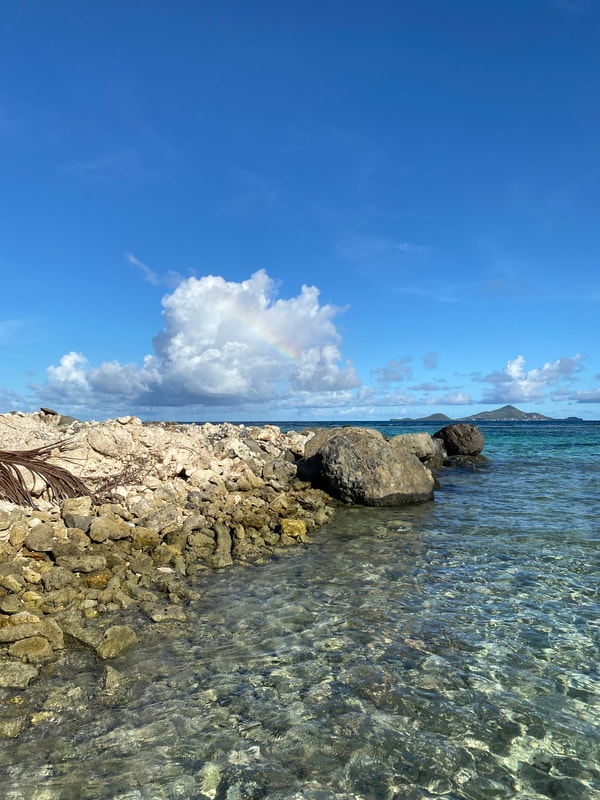
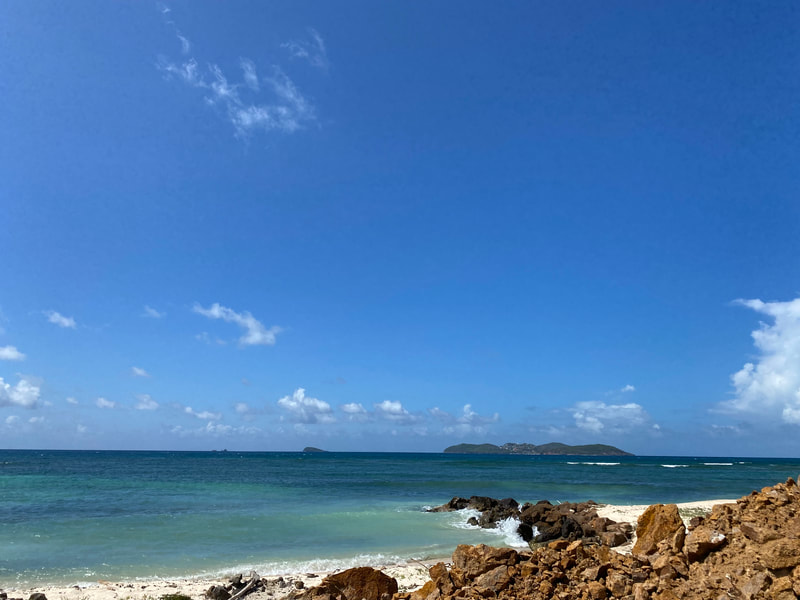
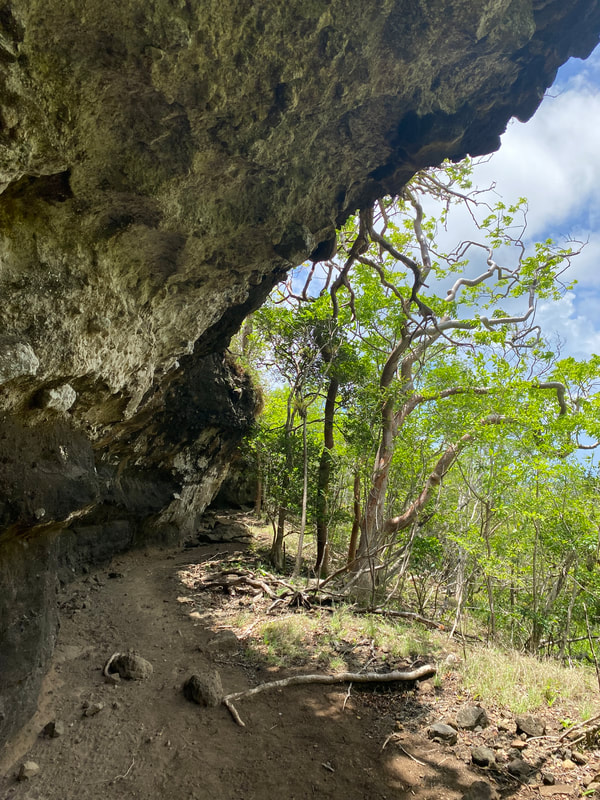
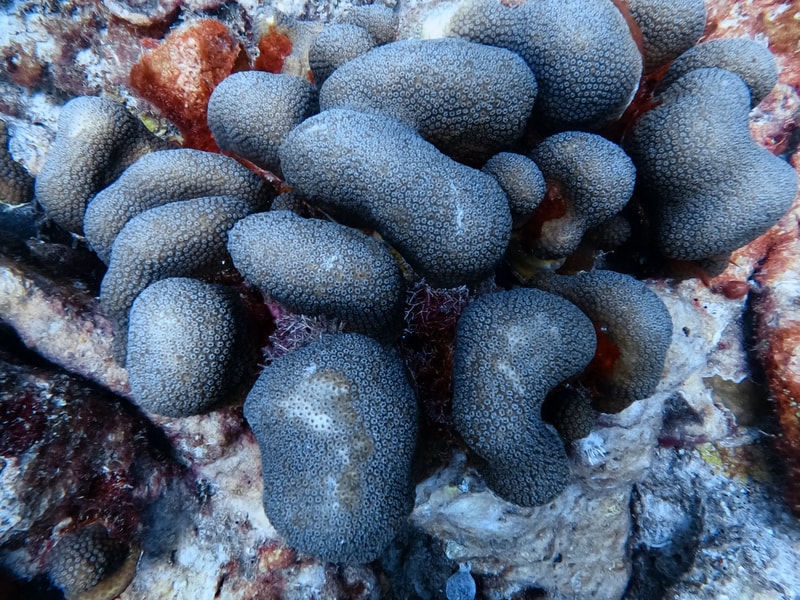
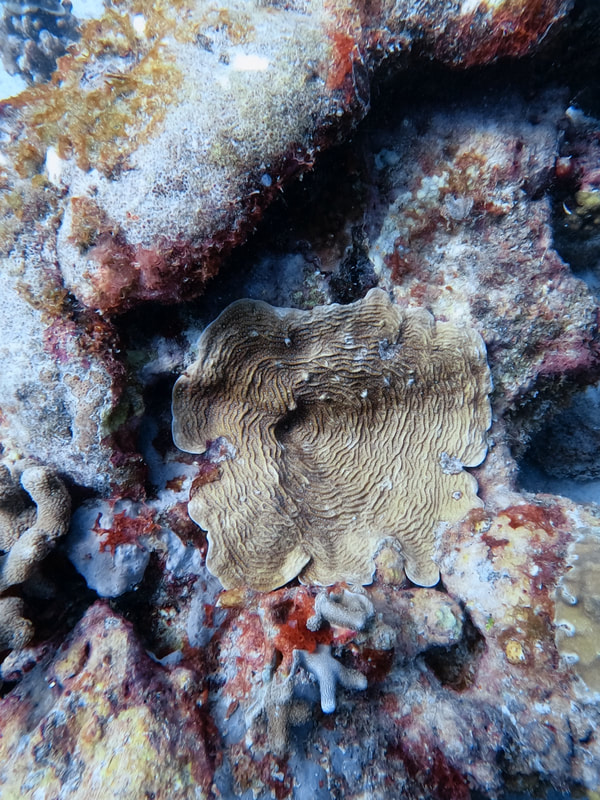
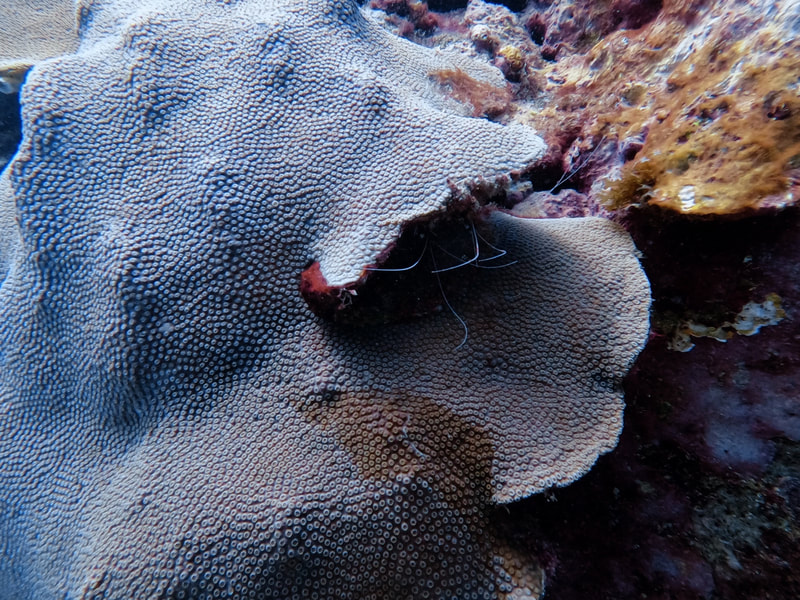
 RSS Feed
RSS Feed